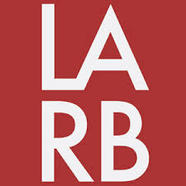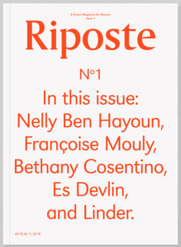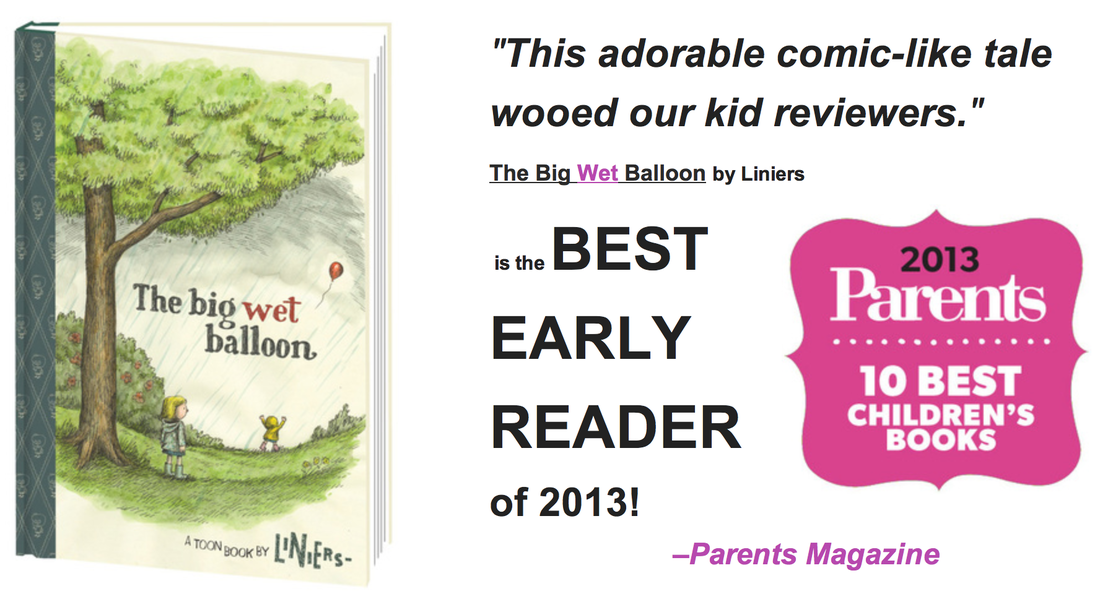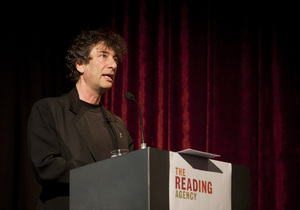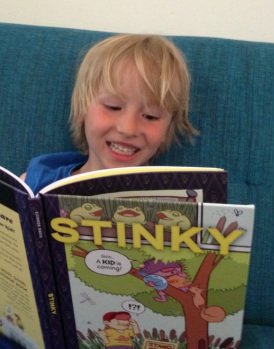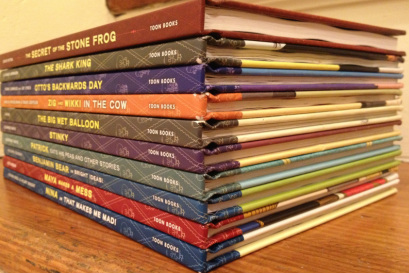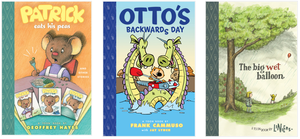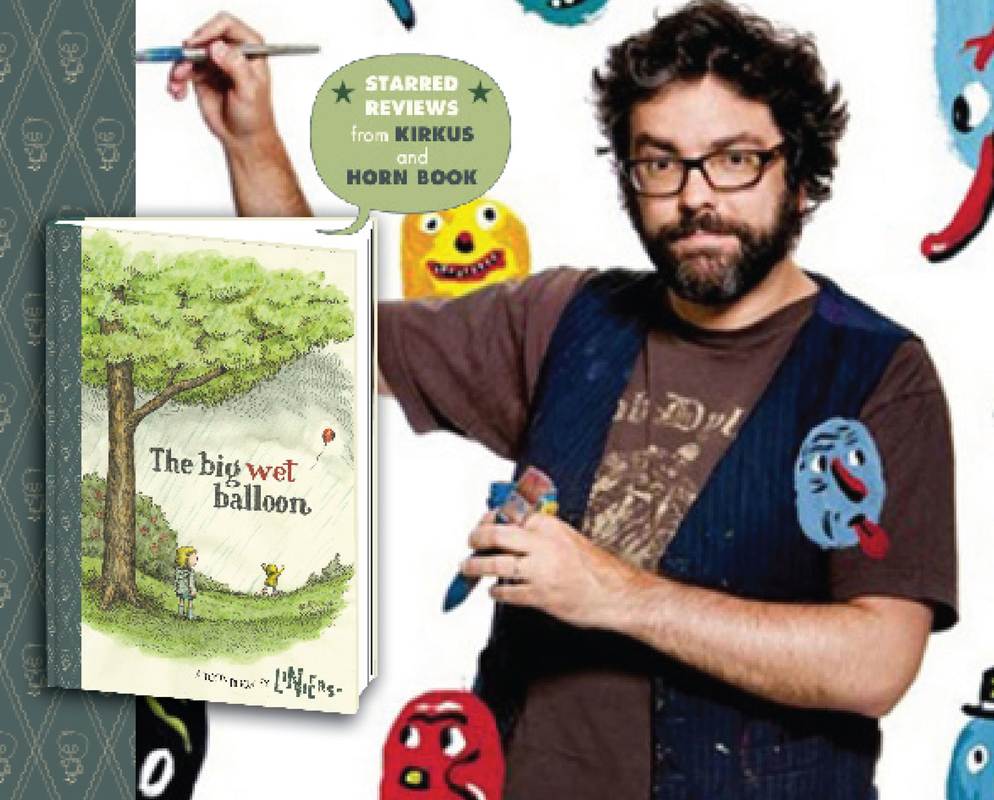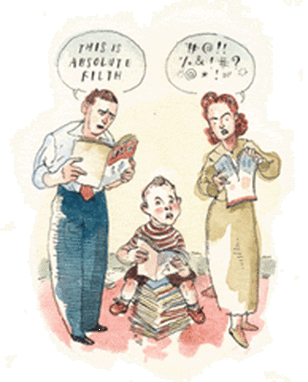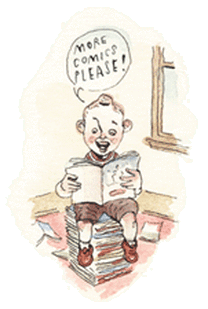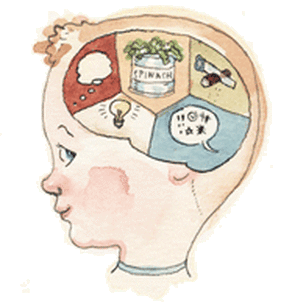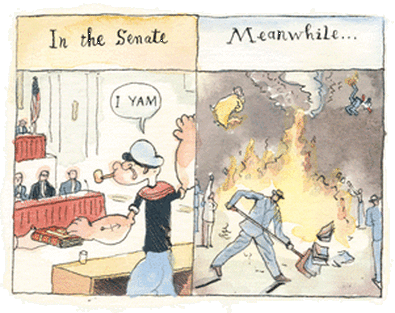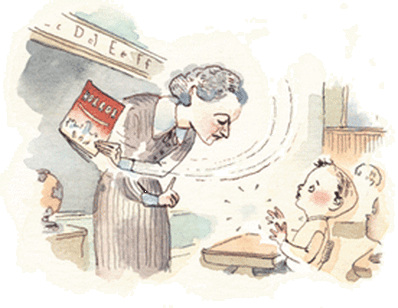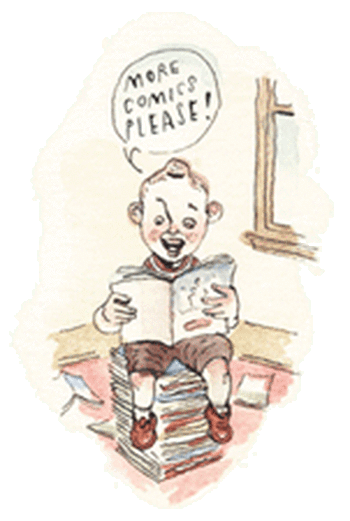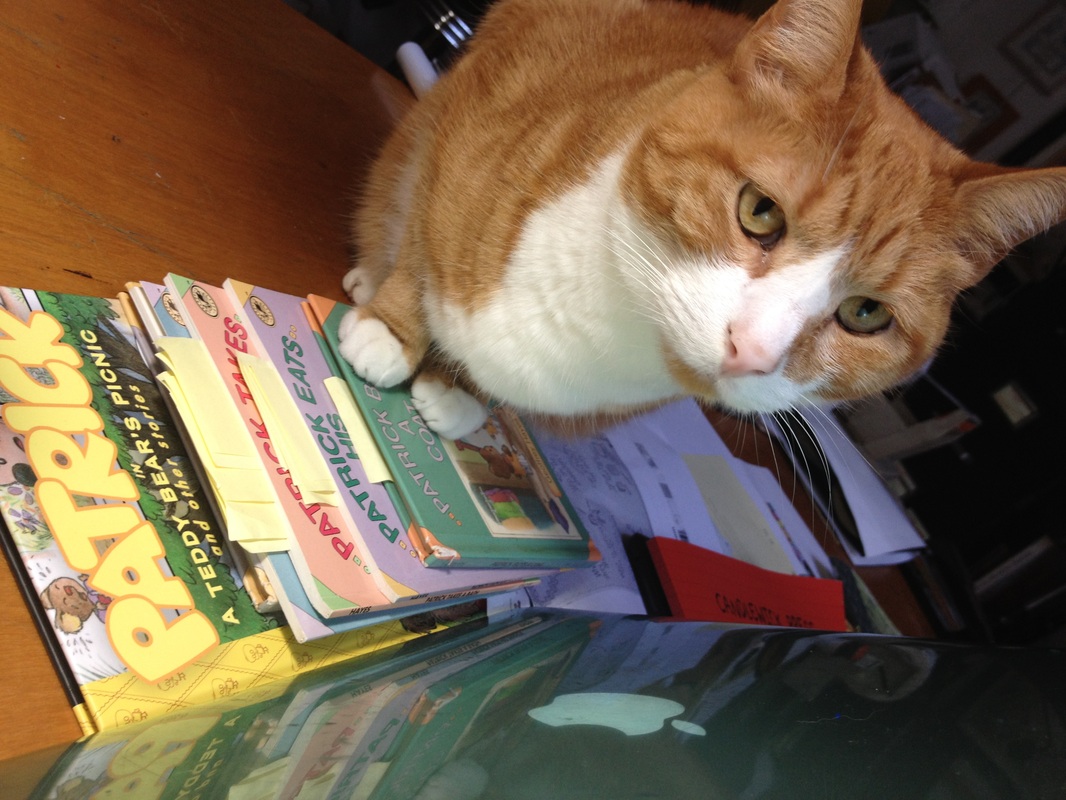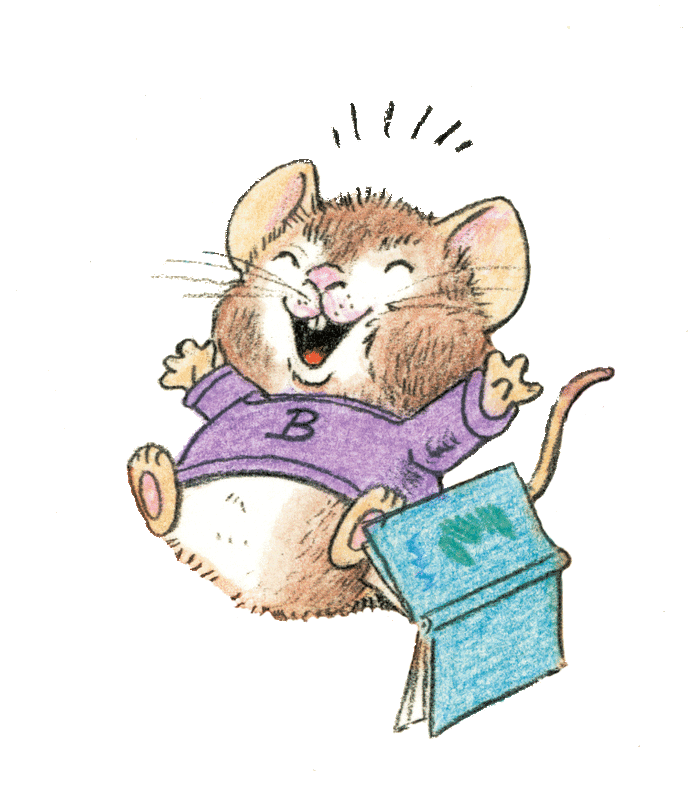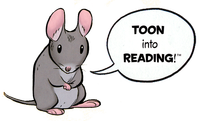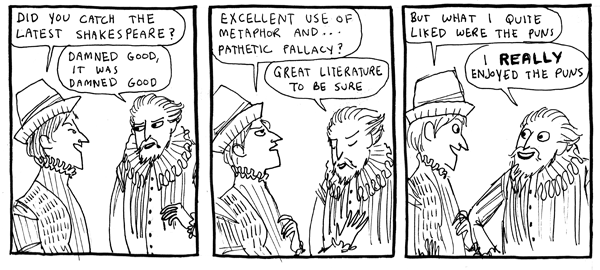
As students continue to grumble over their homework each night, teachers across America are becoming more and more familiar with the words “Common Core.” Since their release in 2010, these state-based standards for education have been adopted by 46 states, which plan to have at least 85% of their school curricula based on Common Core standards by 2015.
While it’s not totally clear yet what effects these shifts will have for students and teachers, the goal of the standards for English and Language Arts (ELA) is to prepare students are literate enough to attend college or pursue a career by the time they graduate from high school. The components of this literacy are divided into the following categories: reading, writing, speaking, listening, language and media and technology.
My own middle school and high school English education focused primarily on reading age-appropriate classics. That included a different Shakespeare play each year, Dickens to Dostoevsky, and American classics like The Great Gatbsy and The Scarlet Letter. These great books provided more than just text to study and language to analyze. While some of these books proved to be more tedious than enthralling, there were many more books that fell into the latter category. Good writing is good writing whether the material it contains is based in reality or in imagination, but the addictive thrill of a wonderful plot, loveable characters and lyrical prose are inimitable.
So it was with some trepidation that I read a recent Washington Post article called “Common Core Sparks War Over Words.” According to the article, the new Common Core Standards significantly increase the proportion of non-fiction text read in schools, so that by 12th grade nonfiction texts will be 70 percent of reading assignments. In elementary school, it will be 50 percent. The worry addressed here is that students have not been prepared adequately to deal with more complex non-fiction texts like studies and reports.
While English teachers have not been too pleased about the changes, authors of the standards argue that schools have misunderstood the guidelines, which refer to text in all classes, not only in English classes. Shakespeare and classic American literature are meant to be a part of the English curriculum, but, as the Post points out, this information is located in a footnote on one of the 66 pages of the standards guide. And, according to teachers, English classes must make up the majority of reading assignments completed in school.
A suggested reading list under these standards would include historical documents like the Declaration of Independence, along with more technical material like ”Innumeracy: Mathematical Illiteracy and its Consequences.”
While it is, perhaps, true that most careers require workers to read, write and process primarily non-fictional texts, it does seem that replacing novels and poetry with more “difficult” non-fiction could have unintended consequences. It’s more likely that a student reading F. Scott Fitzgerald will be awakened to the pleasures of reading than a student reading about electronic stability control — but of course, the burden will ultimately fall on teachers to select texts that will be interesting to students, regardless of its content.
Rather than have English classes take up slack for meeting Common Core standards, a greater change in the way that all classes (science, math, history and more) integrate reading into their syllabi seems to be the more long-term goal. Reading scientific reports and published articles in Science classes, historical and primary documents in Social Studies classes, and reading literature in English classes seems like a logical route.
TOON is very interested in watching what happens with these Common Core Standards as they are implemented . For a some of our books (and at some point in the near future, for all of our books) we’ve written guidelines for conforming to the Common Core so that teachers can more easily use TOON’s books in the classroom, even with the new curricula.



